GALAXY DONUTS!!! Inspired By @insertdisc5‘s Animated Short Galactic Donut!! And A Twitter Exchange
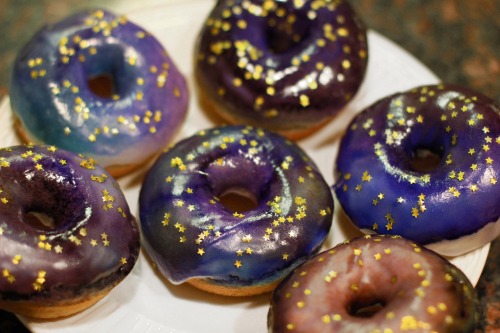
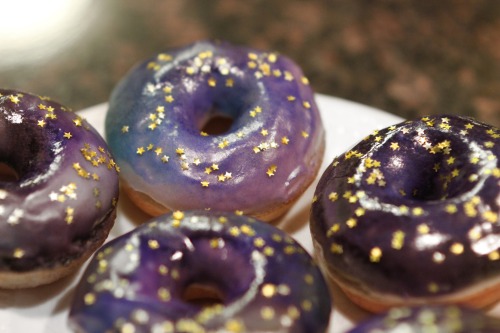
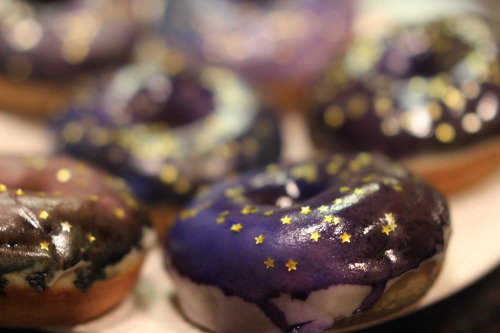
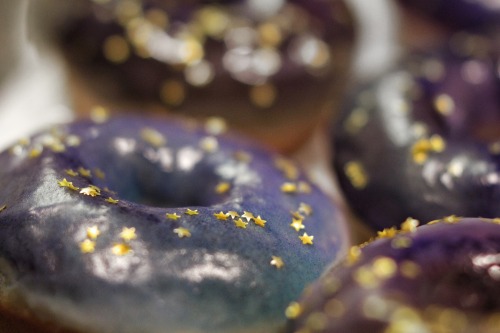
GALAXY DONUTS!!! inspired by @insertdisc5‘s animated short Galactic Donut!! and a twitter exchange where she said i shouldn’t eat the galaxy donut because that didn’t work out well in the animation. so i made my own.
aaaaand now they’re too pretty to eat. truly this is the worst possible ending???
i tried very hard to make one of them look like the Actual Donut but? it turns out?? that edible spray paint is about as precise as a bucket of glitter??? oh well.
More Posts from Smartler and Others
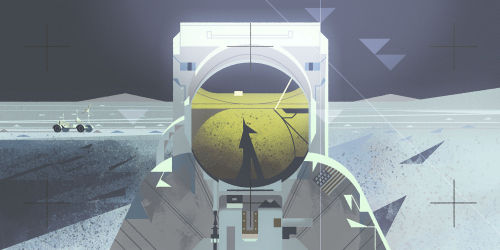




Interview: Stunning Vertical Panoramas of Churches by Richard Silver
Tonight: A Supermoon Lunar Eclipse
(via APOD; Video Credit: NASA’s GSFC, David Ladd (USRA) & Krystofer Kim (USRA) )
Tonight a bright full Moon will fade to red. Tonight’s moon will be particularly bright because it is reaching its fully lit phase when it is relatively close to the Earth in its elliptical orbit. In fact, by some measures of size and brightness, tonight’s full Moon is designated a supermoon, although perhaps the “super” is overstated because it will be only a few percent larger and brighter than the average full Moon. However, our Moon will fade to a dim red because it will also undergo a total lunar eclipse – an episode when the Moon becomes completely engulfed in Earth’s shadow. The faint red color results from blue sunlight being more strongly scattered away by the Earth’s atmosphere. Tonight’s moon can also be called a Harvest Moon as it is the full Moon that occurs closest to the September equinox, a time signaling crop harvest in Earth’s northern hemisphere. Total eclipses of supermoons are relatively rare – the last supermoon lunar eclipse was in 1982, and the next will be in 2033. Tonight’s supermoon total eclipse will last over an hour and be best visible from eastern North America after sunset, South America in the middle of the night, and Western Europe before sunrise.
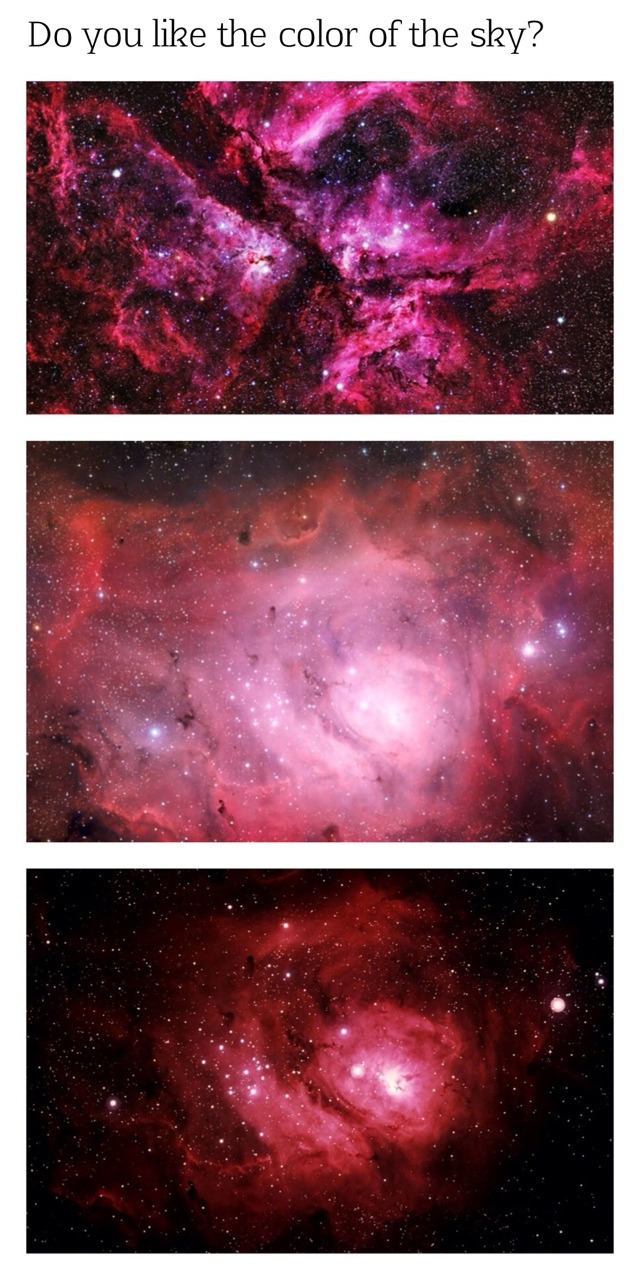
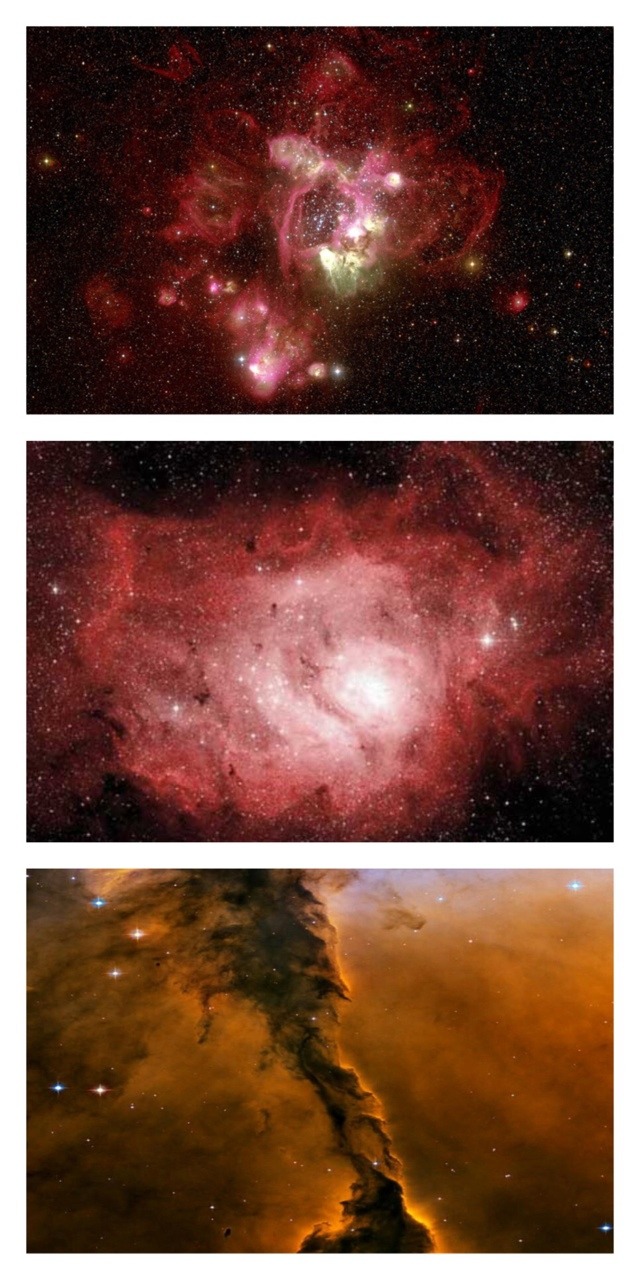
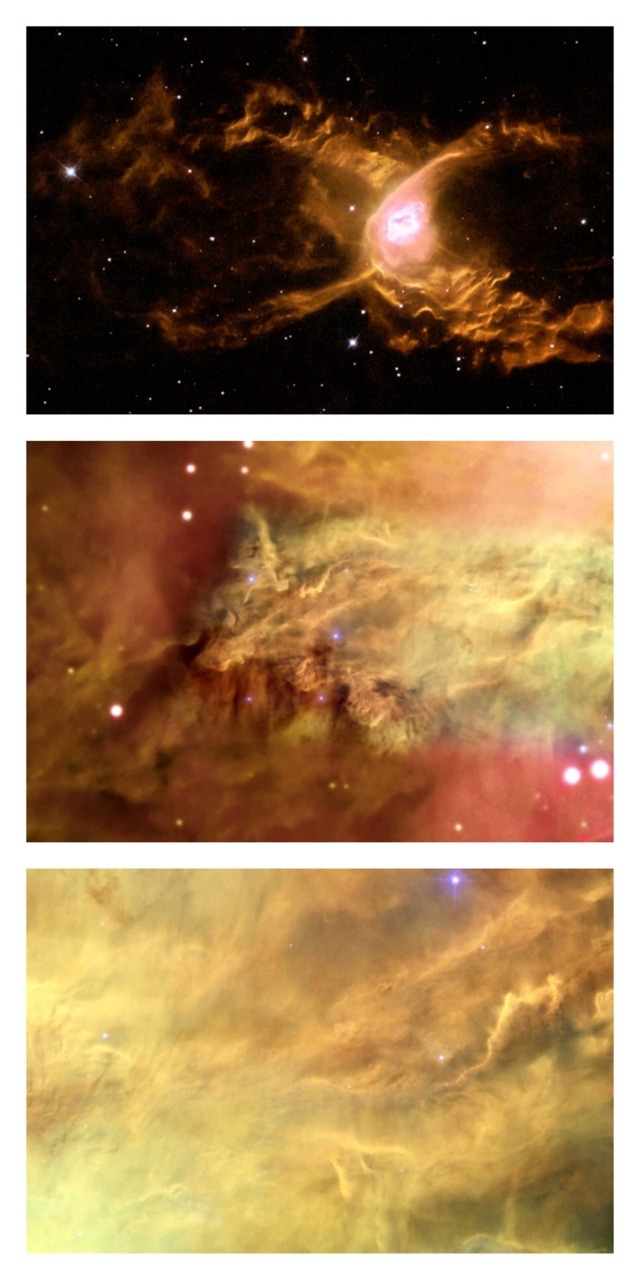
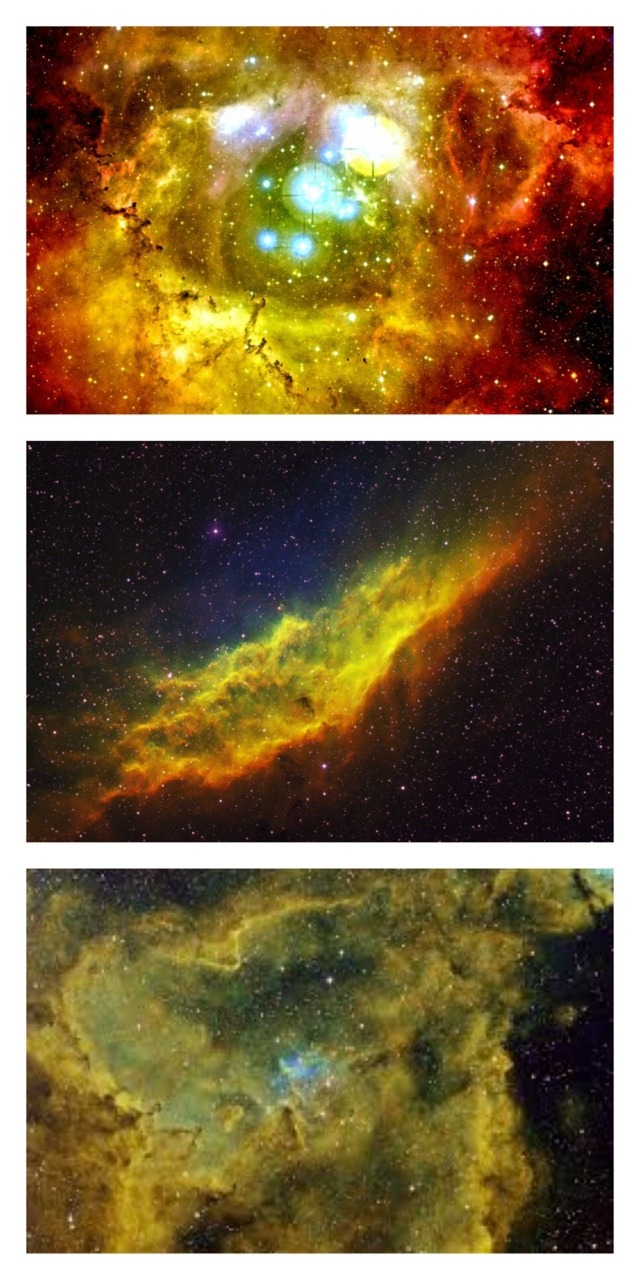
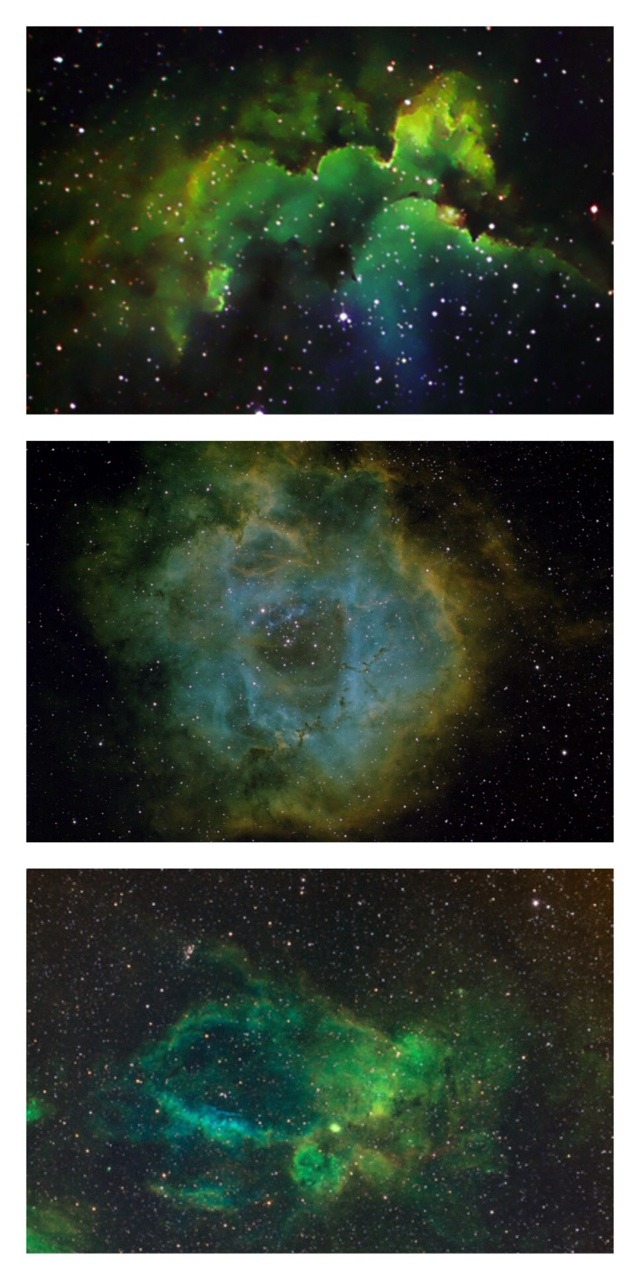
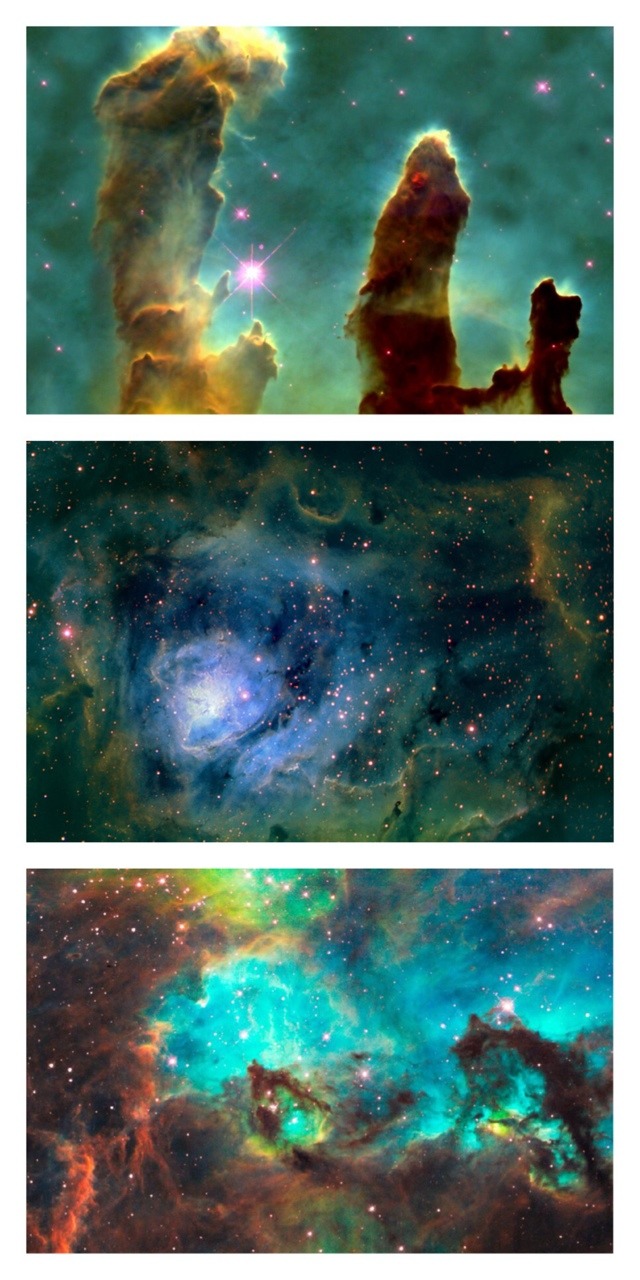
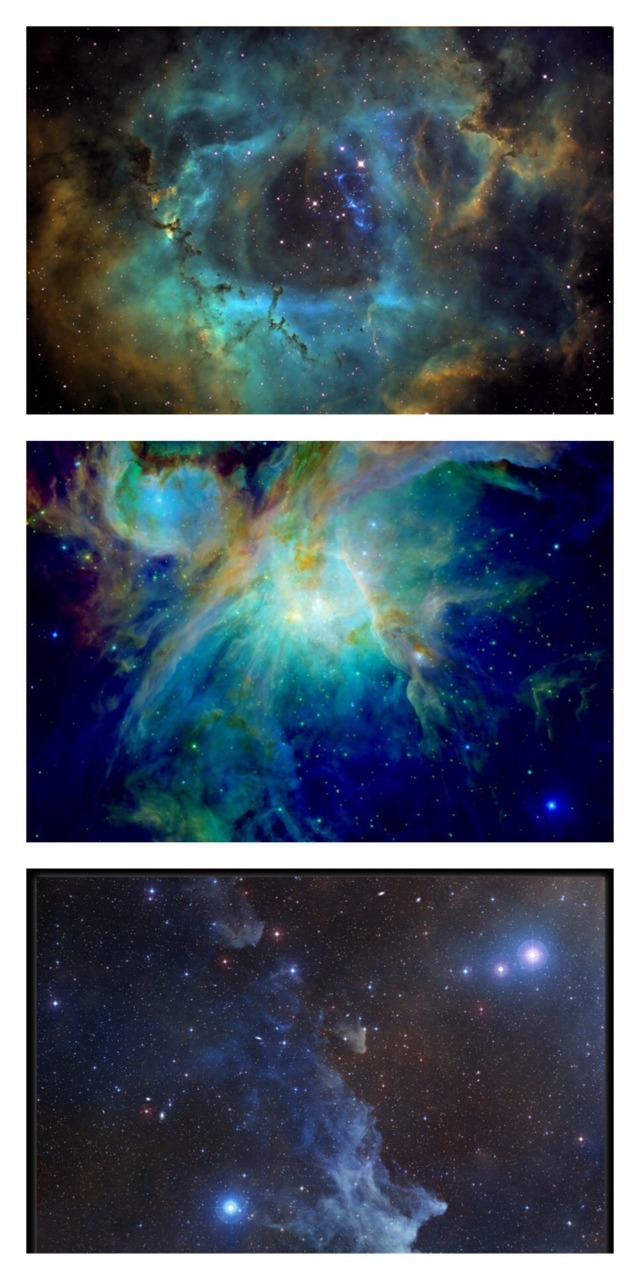
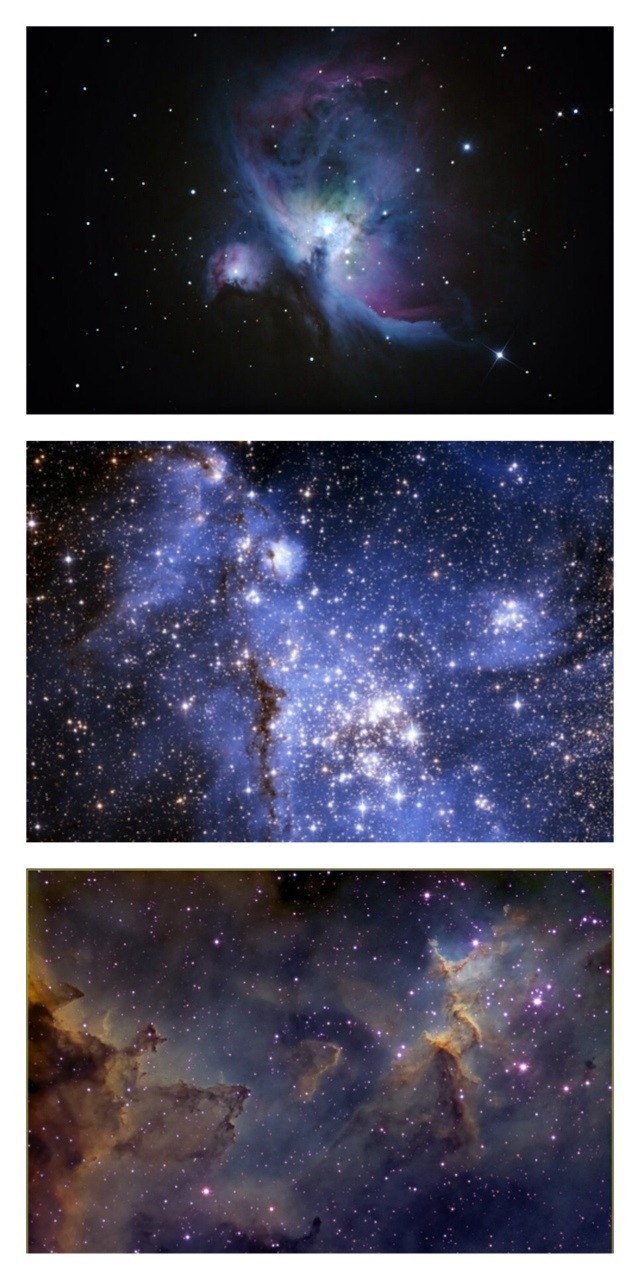
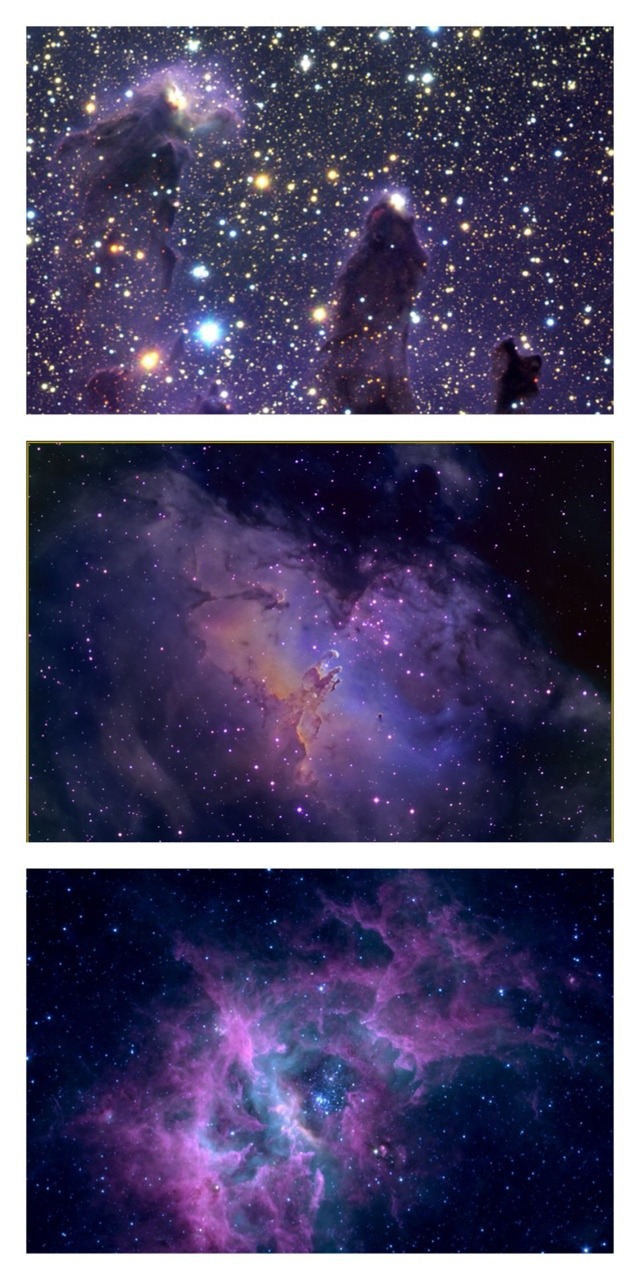
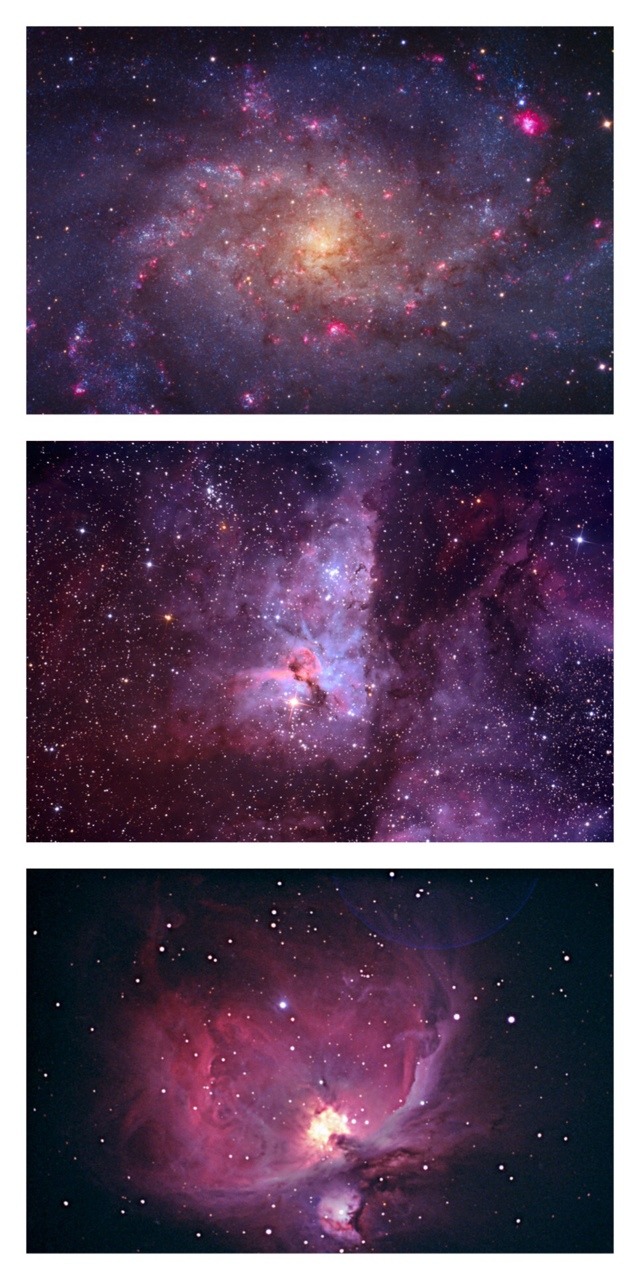
Go big or go home
What is a Supermoon Lunar Eclipse?

We’ve told you that on Sept. 27 a supermoon lunar eclipse will occur in the U.S. And much of the world, but what does that mean?
One important note, is that this event can be referred to in many different ways:
Supermoon Lunar Eclipse
Super Blood Moon
Harvest Moon Eclipse
Supermoon Eclipse
All slightly different names, but apply to the same spectacular event that will occur this weekend.
Since it’s rare that both a supermoon and an lunar eclipse occur at the same time, let’s break it down.
1) Supermoon

A supermoon is a full or new moon that falls closest to the fall equinox, and is at its closest approach to the Earth. This results in the moon appearing up to 14% larger in diameter.
2) Lunar Eclipse

A lunar eclipse occurs when the moon passes directly behind the Earth into its shadow. This can give the moon a red tint.
3) A Supermoon Lunar Eclipse!

The combination of these two events does not happen very often. In fact, since 1900 a supermoon lunar eclipse has only happened 5 times! The last time this occurred was 1982, and if you miss the event this year, your next opportunity won’t come until 2033.
This year, the event will be visible from the Americas, Europe and Africa on the night of Sept. 27. Here’s a full schedule of the supermoon eclipse:

If it’s cloudy in your area on Sept. 27, don’t worry! NASA Television will be providing a live stream of the event, so you can tune in and enjoy the show.
For more information and resources on the supermoon lunar eclipse, visit our page on NASA.gov.
Make sure to follow us on Tumblr for your regular dose of space: http://nasa.tumblr.com







The last, but not least of starry scholastic month!
This week’s entry: Black Holes
http://www.space.com/15421-black-holes-facts-formation-discovery-sdcmp.html
http://www.space.com/19339-black-holes-facts-explained-infographic.html





NDT just murdered B.o.B.
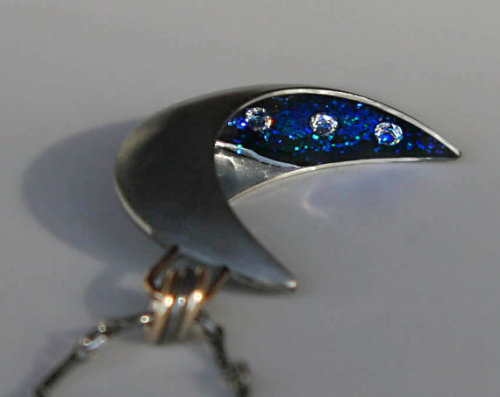
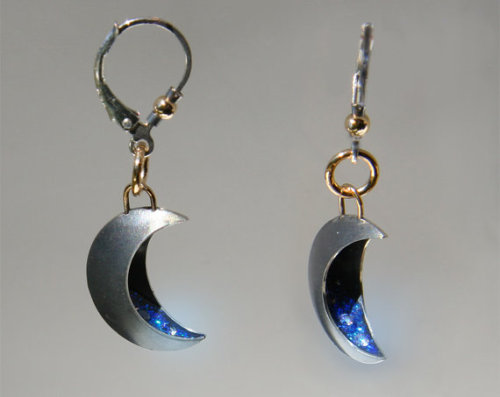
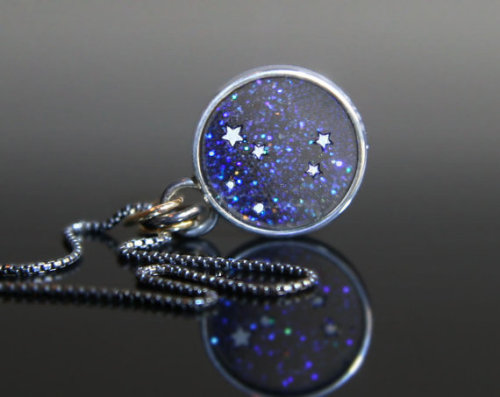
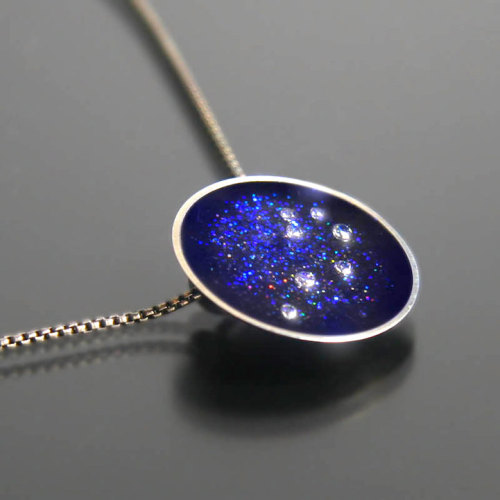
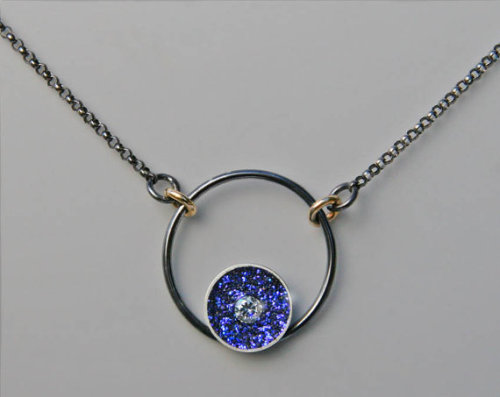
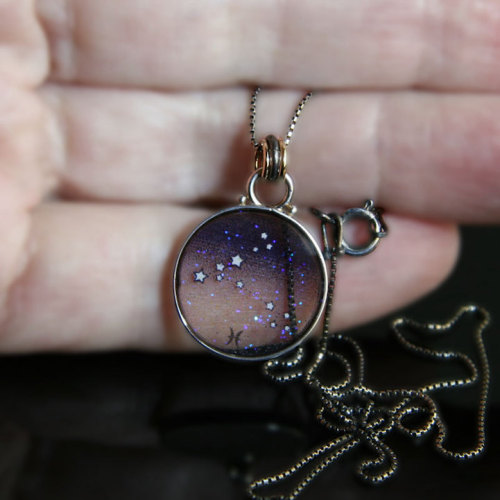
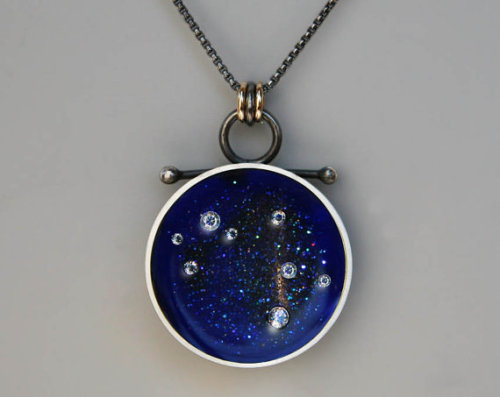
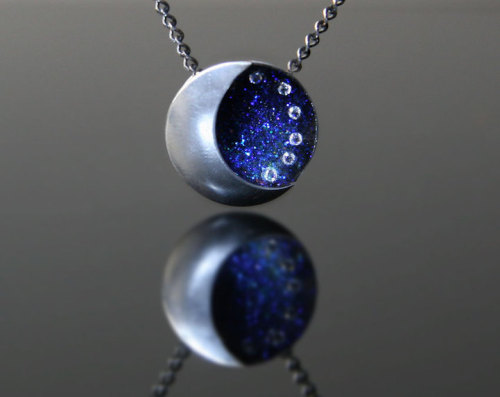
Handcrafted Jewelry Infused with the Spectacular Beauty of the Universe
Gotta love science ❤️









– Isaac Asimov, 1922 - 1992
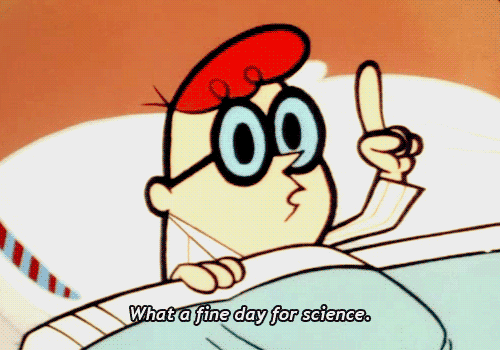
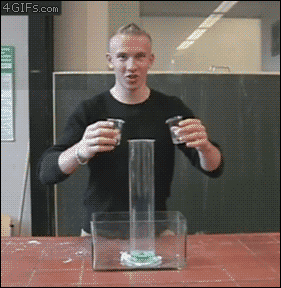

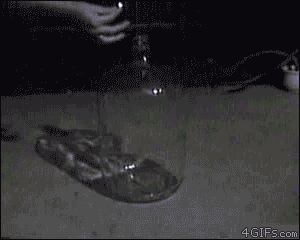
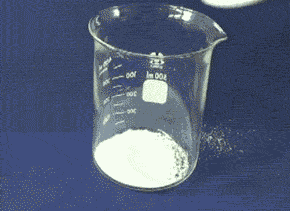
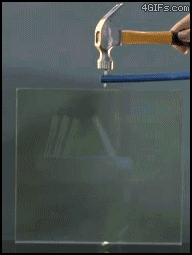



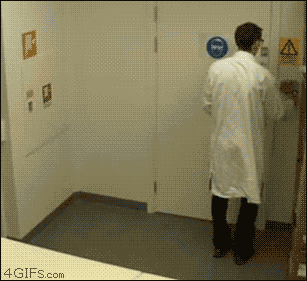
-
 rin-rin-kururin liked this · 8 months ago
rin-rin-kururin liked this · 8 months ago -
 sleepycupcakesmiles liked this · 1 year ago
sleepycupcakesmiles liked this · 1 year ago -
 cartoonsforlife reblogged this · 1 year ago
cartoonsforlife reblogged this · 1 year ago -
 cartoonsforlife liked this · 1 year ago
cartoonsforlife liked this · 1 year ago -
 wandersoffdoodling liked this · 2 years ago
wandersoffdoodling liked this · 2 years ago -
 solarshadow reblogged this · 2 years ago
solarshadow reblogged this · 2 years ago -
 seregkat liked this · 2 years ago
seregkat liked this · 2 years ago -
 solarshadow liked this · 2 years ago
solarshadow liked this · 2 years ago -
 from-a-distant-end reblogged this · 2 years ago
from-a-distant-end reblogged this · 2 years ago -
 iliterallyhavenolife liked this · 4 years ago
iliterallyhavenolife liked this · 4 years ago -
 nimi-resonance liked this · 6 years ago
nimi-resonance liked this · 6 years ago -
 exp0001-goopsart reblogged this · 6 years ago
exp0001-goopsart reblogged this · 6 years ago -
 exp0001-goopsart liked this · 6 years ago
exp0001-goopsart liked this · 6 years ago -
 softwaluigi liked this · 6 years ago
softwaluigi liked this · 6 years ago -
 prismatic-eclipse liked this · 6 years ago
prismatic-eclipse liked this · 6 years ago -
 koushindo reblogged this · 6 years ago
koushindo reblogged this · 6 years ago -
 blossom-moon liked this · 6 years ago
blossom-moon liked this · 6 years ago -
 sunmerchild reblogged this · 6 years ago
sunmerchild reblogged this · 6 years ago -
 aryesdanger24 liked this · 7 years ago
aryesdanger24 liked this · 7 years ago -
 acutebunnybutt liked this · 7 years ago
acutebunnybutt liked this · 7 years ago -
 halloweenandhorrorfan liked this · 7 years ago
halloweenandhorrorfan liked this · 7 years ago -
 holyhookersonfirebatman reblogged this · 7 years ago
holyhookersonfirebatman reblogged this · 7 years ago -
 marmilade liked this · 7 years ago
marmilade liked this · 7 years ago -
 theproverbialpen reblogged this · 8 years ago
theproverbialpen reblogged this · 8 years ago -
 viscfrosting reblogged this · 8 years ago
viscfrosting reblogged this · 8 years ago -
 toteczious liked this · 8 years ago
toteczious liked this · 8 years ago -
 setupstereo reblogged this · 8 years ago
setupstereo reblogged this · 8 years ago -
 stitchmiku liked this · 8 years ago
stitchmiku liked this · 8 years ago -
 sincerelysobbing liked this · 8 years ago
sincerelysobbing liked this · 8 years ago -
 iaconlibrary reblogged this · 8 years ago
iaconlibrary reblogged this · 8 years ago -
 koooolaaaaa liked this · 8 years ago
koooolaaaaa liked this · 8 years ago -
 starstruckplace liked this · 8 years ago
starstruckplace liked this · 8 years ago -
 meticulousmaker liked this · 8 years ago
meticulousmaker liked this · 8 years ago -
 lxzydoll liked this · 8 years ago
lxzydoll liked this · 8 years ago -
 lxzydoll reblogged this · 8 years ago
lxzydoll reblogged this · 8 years ago -
 boredlilbunny liked this · 8 years ago
boredlilbunny liked this · 8 years ago -
 boredlilbunny reblogged this · 8 years ago
boredlilbunny reblogged this · 8 years ago -
 littlelumpyspaceprincesss reblogged this · 8 years ago
littlelumpyspaceprincesss reblogged this · 8 years ago -
 commoditygods reblogged this · 8 years ago
commoditygods reblogged this · 8 years ago -
 blacebay109 liked this · 8 years ago
blacebay109 liked this · 8 years ago -
 tea-se reblogged this · 8 years ago
tea-se reblogged this · 8 years ago -
 clvblights liked this · 8 years ago
clvblights liked this · 8 years ago